Culture
Nostalgia: With a View

Sitting on one of the best locations in Amara, James Linsey and Don Servillas’ home brings together modern architecture, classic design elements and traditional Filipino details.
Once James Linsey opened the oversized wooden double doors that led into his house, it was clear that the star of the morning would actually be the playful doberman that approached us curiously as we walked into the foyer. “I don’t really own this house. It’s actually Atlas’,” James jokes, referring to the dog who was then settling on the living room sofa.
James has had Atlas for almost as long as he’s had the house, which finished construction about three years ago. A retired lawyer from New York City, James decided to settle in the Philippines, where his husband Don Servillas is from. He especially fell in love with this particular piece of land—situated on a slight hill in Lilo-an’s Amara, which looks out to the municipality’s historic lighthouse.
“We call it the Parola House because almost every room has a view of the parola,” James shares, using the local term for lighthouse. The architecture of the house definitely takes advantage of the vista—the main living rooms are positioned towards the lighthouse, with large picture windows that frame the structure as a sort of living art piece.
The couple had worked with architect Jun Ruaya, although James had specifically wanted to take inspiration from Horace Gifford’s work on Fire Island, a small stretch of land off the coast of Long Island that had garnered popularity as a gay vacation destination in past decades. “The Architecture of Seduction,” James says, reading the title of the coffee table book which served as the moodboard for the house’s design. Wooden elements, textured details and streamlined shapes cover the inside pages of the book.
These features found their way into the Parola House in the square spaces of the layout, the high ceilings, linear details and the aforementioned scenic windows. “We really wanted a more American and modern style when it came to the architecture,” James explains. He adds that the high ceilings were particularly important to allow better ventilation and take advantage of the cool ocean breeze. “Most days, I don’t even have to turn the air conditioning on,” he says.
A feeling of spaciousness is certainly felt upon entering the house—the two-storey foyer feels even larger with sparse furnishings, a large staircase, vertical window detailing, and drop pendant chandeliers hanging from the ceiling. A small indoor garden is tucked beneath the stairs, while across it a wide white wall is punctuated with a large Sio Montera painting and a Barcelona chair sitting beneath it.
Sliding glass doors lead to the den which holds a sitting area and entertainment center, and offers a view of Amara’s sprawling grounds and the sea beyond. Further into the house is the open floorplan of the living, dining and kitchen areas, each tucked into their own nooks.
With its sleek gray counters and modern appliances (“I know—so American!” James laughs when I point to the dishwasher), the kitchen gets a visual boost with the patterned backsplash. “Those tiles were made for us in Morocco, and had to be shipped to New York and then shipped here in balikbayan boxes,” James relates with a laugh.
A similar challenge came when they had the Mies van der Rohe daybed shipped from Hong Kong, along with the Barcelona chair. “There was some delay in customs,” James shrugs. The rest of the furnishings were locally sourced, with James and Don working closely with Murillo for many of the pieces. “Their pieces are so good.”
Finding that balance of modern design and traditional Filipino elements was important to the couple in conceptualizing their home’s interiors, which James and Don had put together themselves. The dining table, for example, is made from one piece of Ironwood, shipped all the way from Surigao. “It’s Don’s hometown,” he adds.
The traditional design technique continues at the roof deck, whose walls are lined with woven panels. “These guys came in with all the materials, and they just wove it right here on the spot,” he relates. “I really liked the pattern, I felt it was very native.”
The roof deck is one of James’ favorite areas of the house. The third floor sanctuary that looks out to the lighthouse and its grounds features vertical gardens, and has a bar and dining area. I tell him it’s all very New York, and he laughs. “It’s so rare for people to have roof decks here,” James states. With a view like this, it seems all too appropriate.
In my opinion, though, the best room to admire the view is the master suite. Occupying the southeast corner of the house, the bedroom offers 180-degree views of the Mactan Channel and the lighthouse. The bed faces east, allowing its occupants to enjoy the early morning sun. “At around 5 or 6 in the morning, the view from here is just beautiful,” James shares.
Through a walk-in closet is the master bathroom, which certainly feels like the best corner to relax in. A window runs along the length of an entire wall, while sitting next to it is a marble bathtub. “It’s from China, and it’s carved from a single block of Carrara marble,” James shares. The slate gray walls are decorated with capiz-framed mirrors and a ceiling lamp from Murillo.
James’ enthusiasm as he shows us around the house is palpable, and who could blame him? The home that he and Don have built for themselves is chic and comfortable, bringing together remarkable design elements while maximizing some of the best views in the area. “I hardly go into the city,” James admits, adding that he flies back and forth between New York City and Cebu. “I fly there usually about twice a year, maybe in the summer, but probably eight months of the year, I’ll be here.”
“It’s all very functional,” James continues to describe the house. “We wanted rooms that we would really use.” Perhaps that’s really what gives this house its appeal—although the details and fixings are thoughtful and luxurious, it still feels lived in and relaxed. Nothing in the space is there simply for show, and its habitability is something that will continue to draw guests and its residents—Atlas included—in.
Culture
Cebuano Pride: The National Museum of Cebu
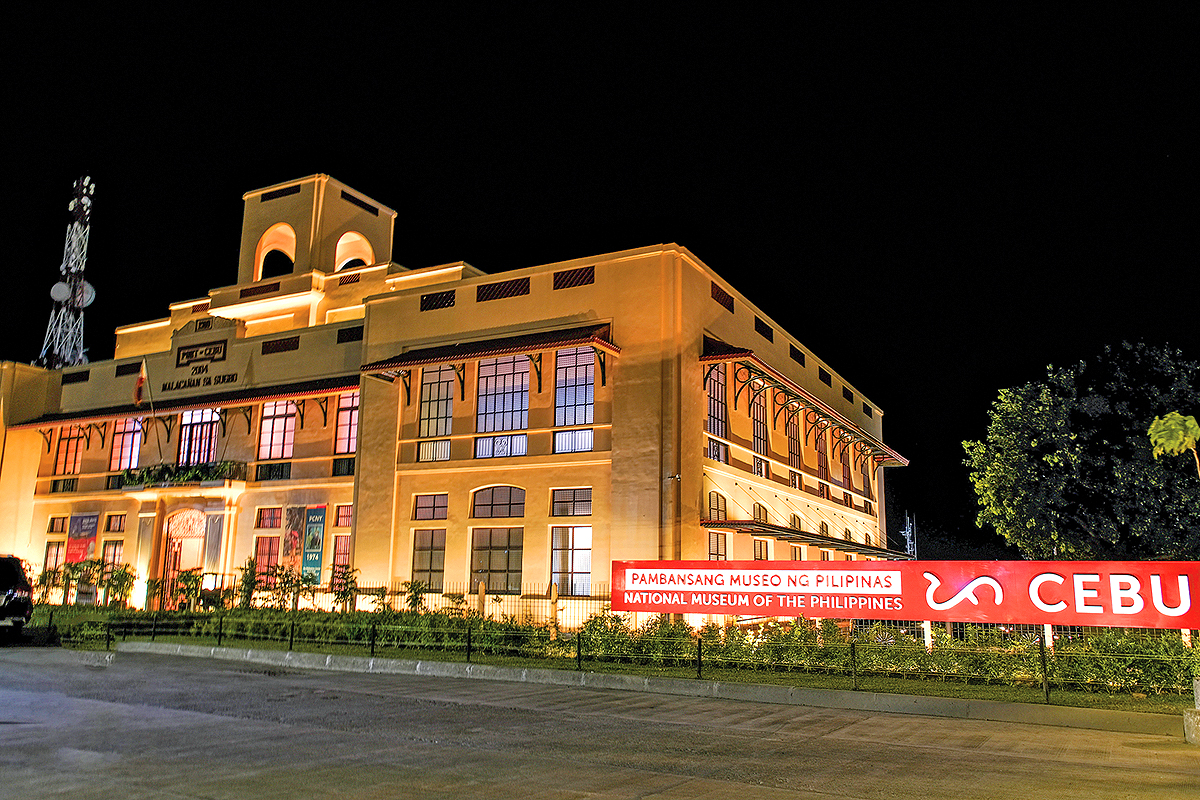
Pride of Cebu
By Eva Gullas
photos courtesy of DOT

Cebu City Tourism’s Neil Odjigue, Cembeth Hortillano and CCTC Chairperson Joy Pesquera

Museum Director Jeremy Barns, Maryanne Arculli, Andronik Aboitiz and wife Doreen, Amanda Luym

Some of the abstract art from the New York collection

Writer Eva Gullas beside Elmer Borlongan’s Battle of Mactan
Culture
The Uncommon Traditions that Mexicans and Filipinos share when celebrating the Day of the Dead.
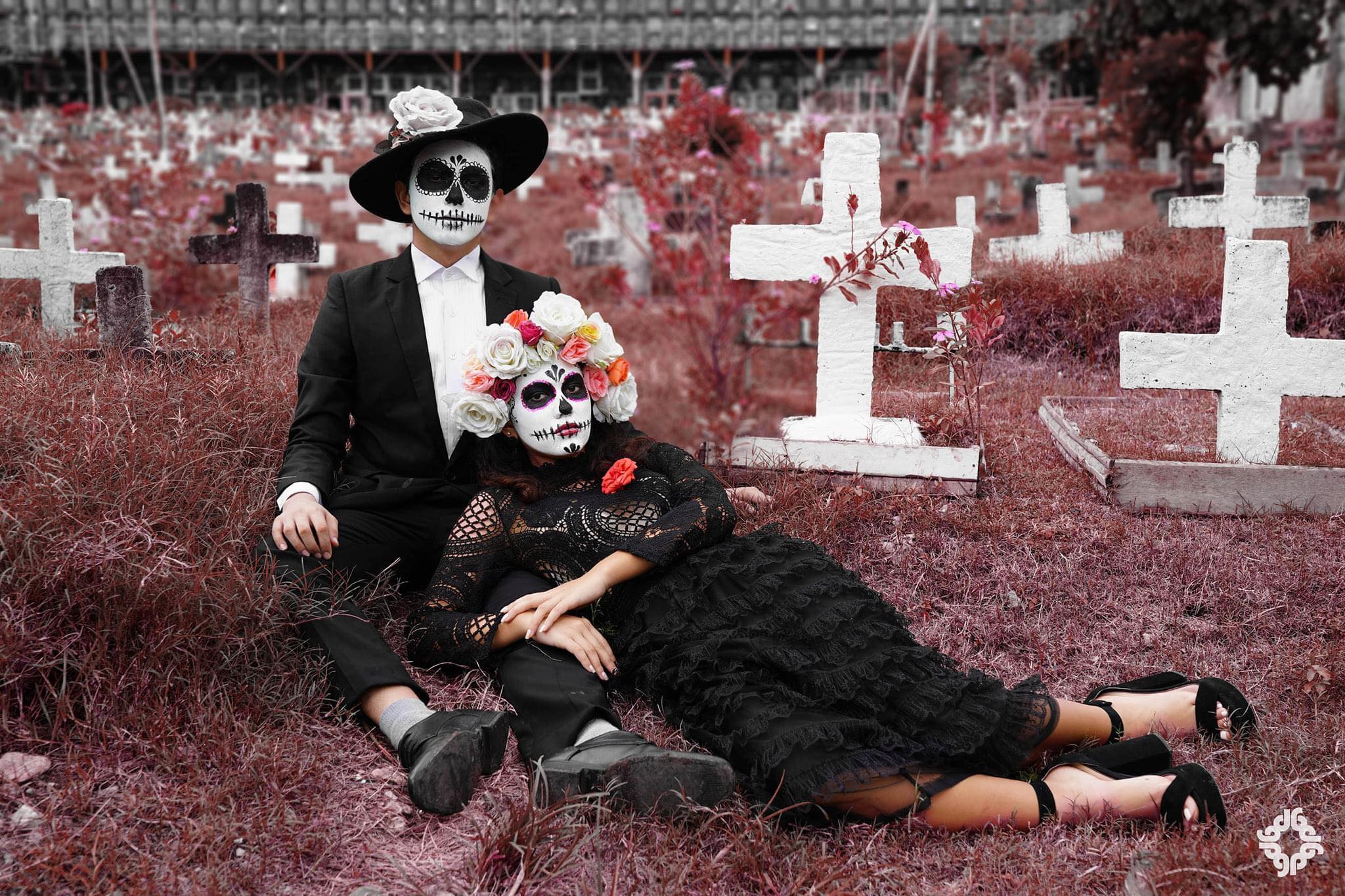
Dia de los Muertos
By Allain Dumon Fonte
The 2nd of November is All Soul’s Day, a holiday that is very important to many Filipinos to remember our loved ones who passed on. This is also widely celebrated in Mexico as “Dia De los Muertos” or in English, “The Day of the Dead”. And Mexicans celebrate the 2nd of November grander than they celebrate Christmas. Well, you can witness it from the Disney movie, “Coco”.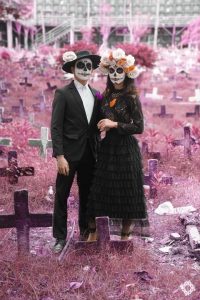
As All Soul’s Day or Dia de los Muertos is about to end, here are some interesting traditions and superstitions that Filipinos and Mexicans share:
1. IT IS NOT ON THE 31st OF OCTOBER
Dia de los Muertos or All Soul’s Day is not practiced on October 31st or on the Hallow’s Eve as many other western cultures practice; but we celebrate it on the 2nd of November. We celebrate November 1st as All Saint’s Day or the Day of the Holy, while in Mexico they call it Dia de los Innocentes or Dia de los Angelitos to commemorate the children who died too early in life.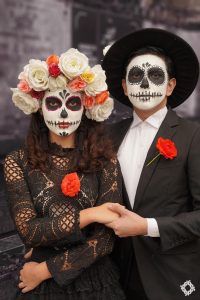
2. THE RITUAL
Both in Mexico and in the Philippines, we visit the grave of our loved ones and we clean it well. This is a ritual to honour their resting places and to let them know that they are never forgotten.
3. FLOWERS INVITE SPIRITS
In Mexico, they believe that the scent of flowers attract spirits. So the flower offerings are invitation to their dead loved ones to visit the living families. While in the Philippines, we believe that flowers offered to the dead exalt the souls and somehow fill in the sadness that we feel when missing our dead loved ones.
Most of the time, Filipinos choose all-white flowers to offer because white is the absence of colour, which means the absence of Joy and happiness. White also symbolises purity of soul which we hope our dead loved ones will attain as they journey to heaven. While in Mexico, they have the yellow Mexican marigolds as the official flowers of the dead that will guide them in their journey to the afterlife.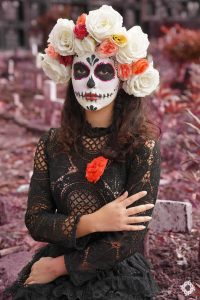
4. THE LEGEND OF THE MONARCH BUTTERFLIES
Both cultures believe that monarch butterflies are dead loved ones who visit us and show their appreciation that we have not forgotten them. A presence of monarch butterflies also means that our dead loved ones are always there guiding us and looking after us.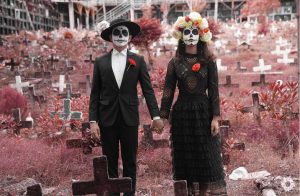
5. A PICNIC IN THE GRAVEYARD
Spending a night at the graveyard and picnicking with the rest of the family may sound very creepy to many; but to both Filipino and Mexican cultures, picnicking and spending a night at the cemetery is a must to show our love to our dearly departed. It is the only time in the year that families gather and tell stories of the dead loved ones and how colourful or how great their lives were.
6. FOOD FOR THE DEAD
In Mexico, they have what they call “ofrendas” or an altar where the pictures of their dead loved ones are displayed and offered with flowers, candles, and their favourite food. Very similar to the Filipino culture of cooking the favourite food of our dead loved ones and everyone in the family enjoys the food for dinner.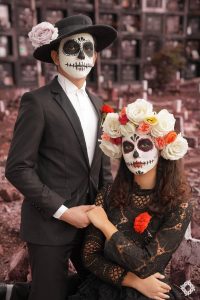
My family tradition involves me driving all the way to Colon street and buy that famous Snow Sheen’s “pancit canton”. This is my granddad’s favourite snack. Sadly, the old Visayan Restaurant is no longer there. My late uncle and my late grandpa love their sweet ad and sour fish. We also set up an “ofrenda” on their graveyard and eat their favourite food while picnicking in the cemetery. We do not spend a night in the cemetery; but while we are picnicking there, we usually play the songs of Pilita Corrales and Susan Fuentes that my late grandpa used to listen every afternoon while enjoying his coffee, pan de sal, and pancit canton.
What about your family traditions? Share your thoughts by commenting to this article.
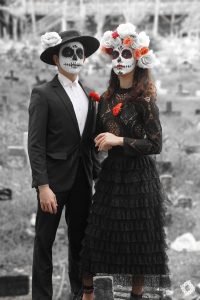 MODEL: Michael Joseph Mortola Enriquez & Alexis Wingfield
MODEL: Michael Joseph Mortola Enriquez & Alexis Wingfield
PHOTOGRAPHER: Gianne Paolo Anciano
HMUA/DESIGNER: Hazel Ocaba
STYLING: GPA Lifestyle + Clothing
Culture
Catch Ted Lasso the Emmy Award Winning Comedy Series on Apple TV+

Rating: *****/ *****
The multi award–winning comedy series airing on Apple TV+ is one of my favorite shows. Ted Lasso starring Jason Sudeikis is about a fun good-natured American football coached hired by a British soccer club (AFC Richmond in London) to become their new coach. In spite of the fact that Ted has no experience or knowledge about British football/soccer, his positive demeanor and charm helps him overcome the animosity of the team’s players, staff and fans. Eventually Ted wins over the team and the locals as they fight for position in the English Premier League.

The show won the 2021 Primetime Emmy Award for Outstanding Comedy Series and 7 Emmy Awards in its 2 seasons and Season 3 is just around the corner. You can catch Seasons 1 & 2 of Ted Lasso on Apple TV+
-
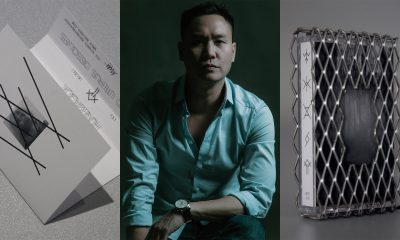
 Design3 months ago
Design3 months agoFilipino graphic designer makes history, joins Switzerland’s Museum of Avant-garde among genre’s greats
-

 Events4 weeks ago
Events4 weeks agoFlying Tiger Copenhagen Lands in Cebu
-

 Events2 months ago
Events2 months agoBVLGARI in Cebu
-

 Events2 months ago
Events2 months agoTrade in Your Old Watch and Save Big on a New Timepiece at The Watch Store
-

 Design3 months ago
Design3 months agoPottery Barn and West Elm Launches Designer’s Rewards Circle in Cebu
-
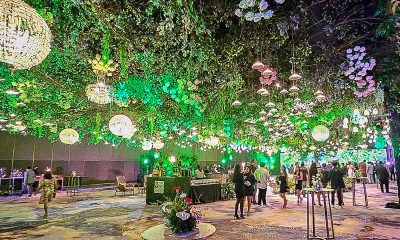
 Eats2 months ago
Eats2 months agoA Moving Feast: Cebu Food and Wine Festival 2024 Opens in NUSTAR Resort
-
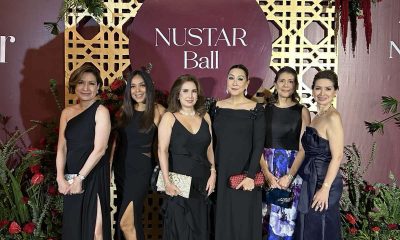
 Events3 weeks ago
Events3 weeks agoThe First NUSTAR BALL
-
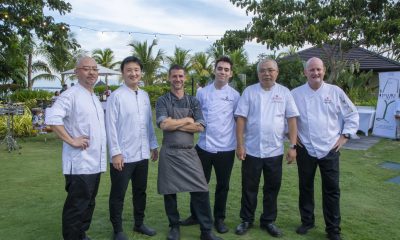
 Events2 weeks ago
Events2 weeks agoA Feast for the Senses


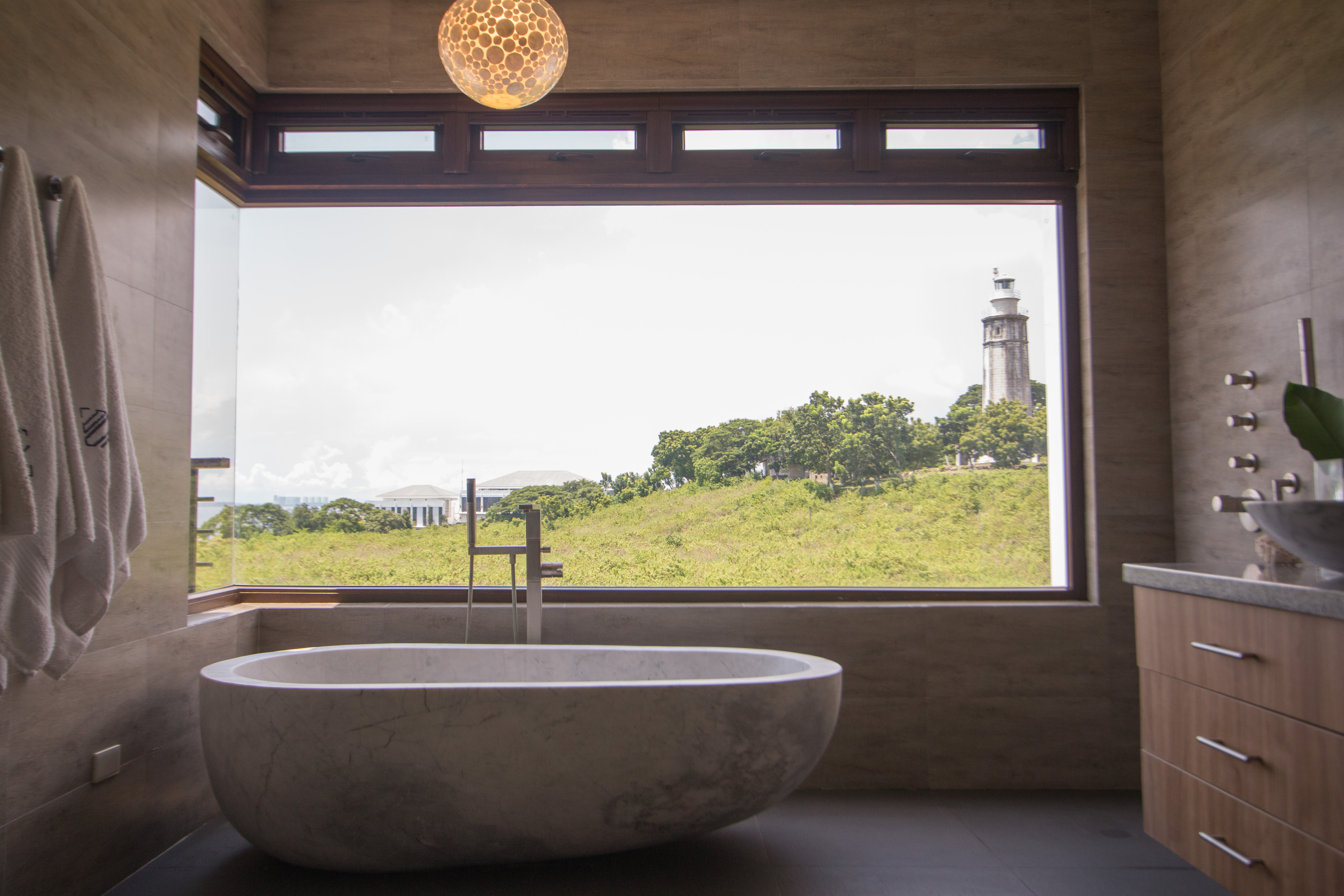







You must be logged in to post a comment Login